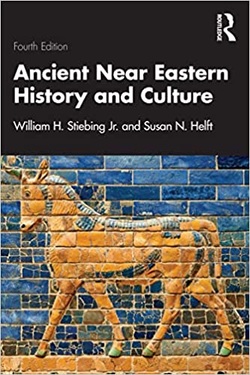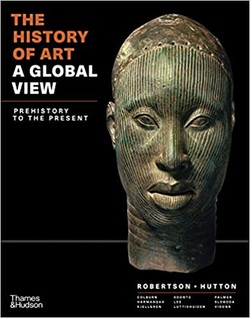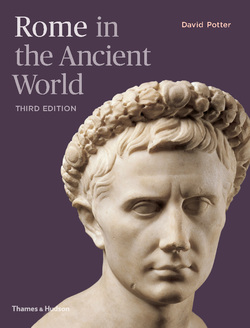طایفه اویغور؛ بهسازی و انقلاب در مرز روسیه و چین
قیمت 16,000 تومان
نشست امپراطوری چین و روسیه در قرن نوزدهم عواقب چشمگیری برای جوامع مسلمان آسیای مرکزی داشت. یک فضای سیاسی جدید ظهور کرد که توسط رقابت امپراطوری، روابط اقتصادی و اجتماعی بین مرزی، و انقلابهایی که در اوایل قرن بیستم رخ دادند، شکل گرفت. David Brophy توضیح میدهد که چگونه جامعه مسلمان آسیای مرکزی به این تغییرات تاریخی با تأسیس طایفه خودشان به عنوان ملت مدرن اویغور واکنش نشان دادند.
این کتاب، با ارائه آرشیوهای فراوانی از سراسر اورسیا که کمتر شناخته شده است، یک دیدگاه پایین به بالا در مورد تأسیس این قوم در جماهیر شوروی و چین فراهم میکند و پیشزمینههای قاطعانهای در رقابتهای مداوم برای تاریخ و هویت شینجیانگ ارائه میدهد.
سال انتشار: 2016 | تعداد صفحات: 368 | حجم فایل: 4.39 مگابایت | زبان: انگلیسی
Uyghur Nation: Reform and Revolution on the Russia-China Frontier
ناشر:
Harvard University Press
The meeting of the Russian and Qing empires in the nineteenth century had dramatic consequences for Central Asia’s Muslim communities. Along this frontier, a new political space emerged, shaped by competing imperial and spiritual loyalties, cross-border economic and social ties, and the revolutions that engulfed Russia and China in the early twentieth century. David Brophy explores how a community of Central Asian Muslims responded to these historic changes by reinventing themselves as the modern Uyghur nation.
As exiles and émigrés, traders and seasonal laborers, a diverse diaspora of Muslims from China’s northwest province of Xinjiang spread to Russian territory, where they became enmeshed in political and intellectual currents among Russia’s Muslims. From the many national and transnational discourses of identity that circulated in this mixed community, the rhetoric of Uyghur nationhood emerged as a rallying point in the tumult of the Bolshevik Revolution and Russian Civil War. Working both with and against Soviet policy, a shifting alliance of constituencies invoked the idea of a Uyghur nation to secure a place for itself in Soviet Central Asia and to spread the revolution to Xinjiang. Although its existence was contested in the fractious politics of the 1920s, in the 1930s the Uyghur nation achieved official recognition in the Soviet Union and China.
Grounded in a wealth of little-known archives from across Eurasia, Uyghur Nation offers a bottom-up perspective on nation-building in the Soviet Union and China and provides crucial background to the ongoing contest for the history and identity of Xinjiang.





























